According to the latest data from AAA, the national average price of gas fell by $0.07 in one week, which is the single largest drop of 2024 so far.
While analysts are predicting a further price decrease, there is also worries that a bigger spike in prices at the gas pump may present itself further into the summer.
Gas Price Drop
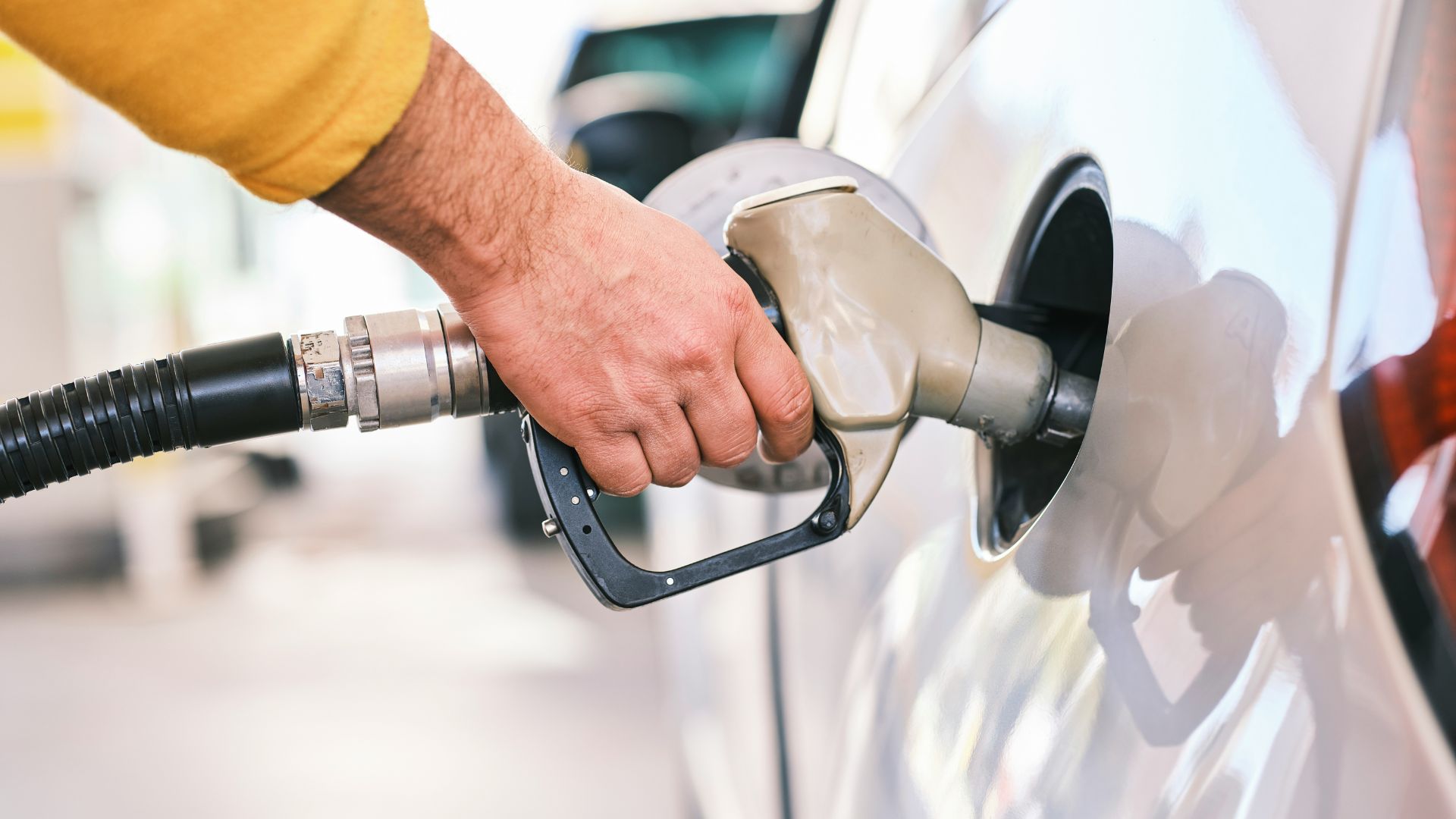
On Wednesday, the national price of gas was $3.503 according to AAA. Compared to a week ago, the price was $3.575, which amounts to a little over a $0.07 drop on average.
When looking at the gas prices today compared to the same day last year, the price has dropped nearly $0.05.
Why the Sudden Drop?
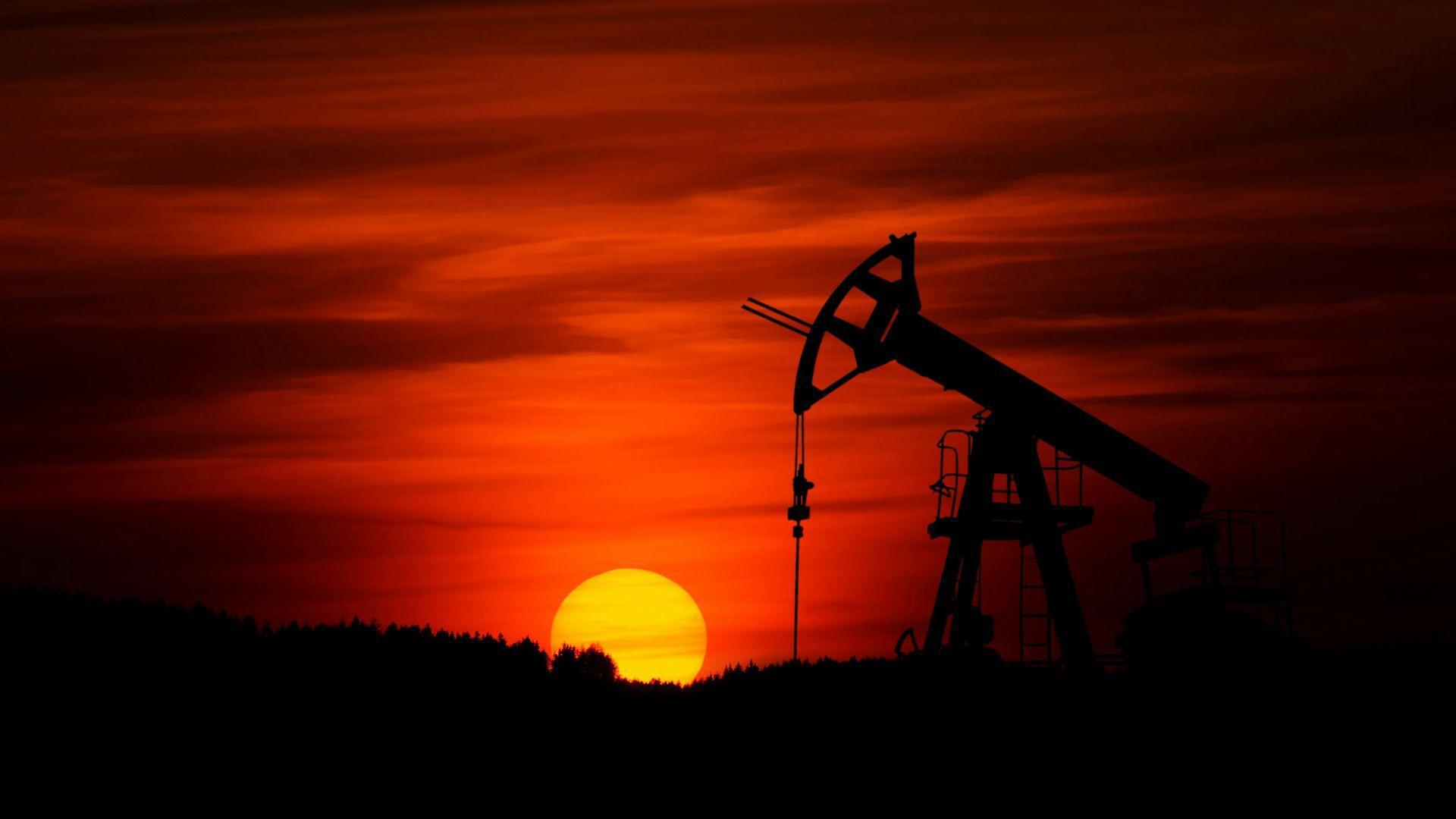
Recently, the price of crude oil has been falling following recent news that OPEC, an organization representing petroleum-exporting countries, announced a surprising plan to increase its production output.
In the immediate aftermath of the news, the price of crude oil fell 3% and has since fallen 5% in the intervening time.
Break for Biden
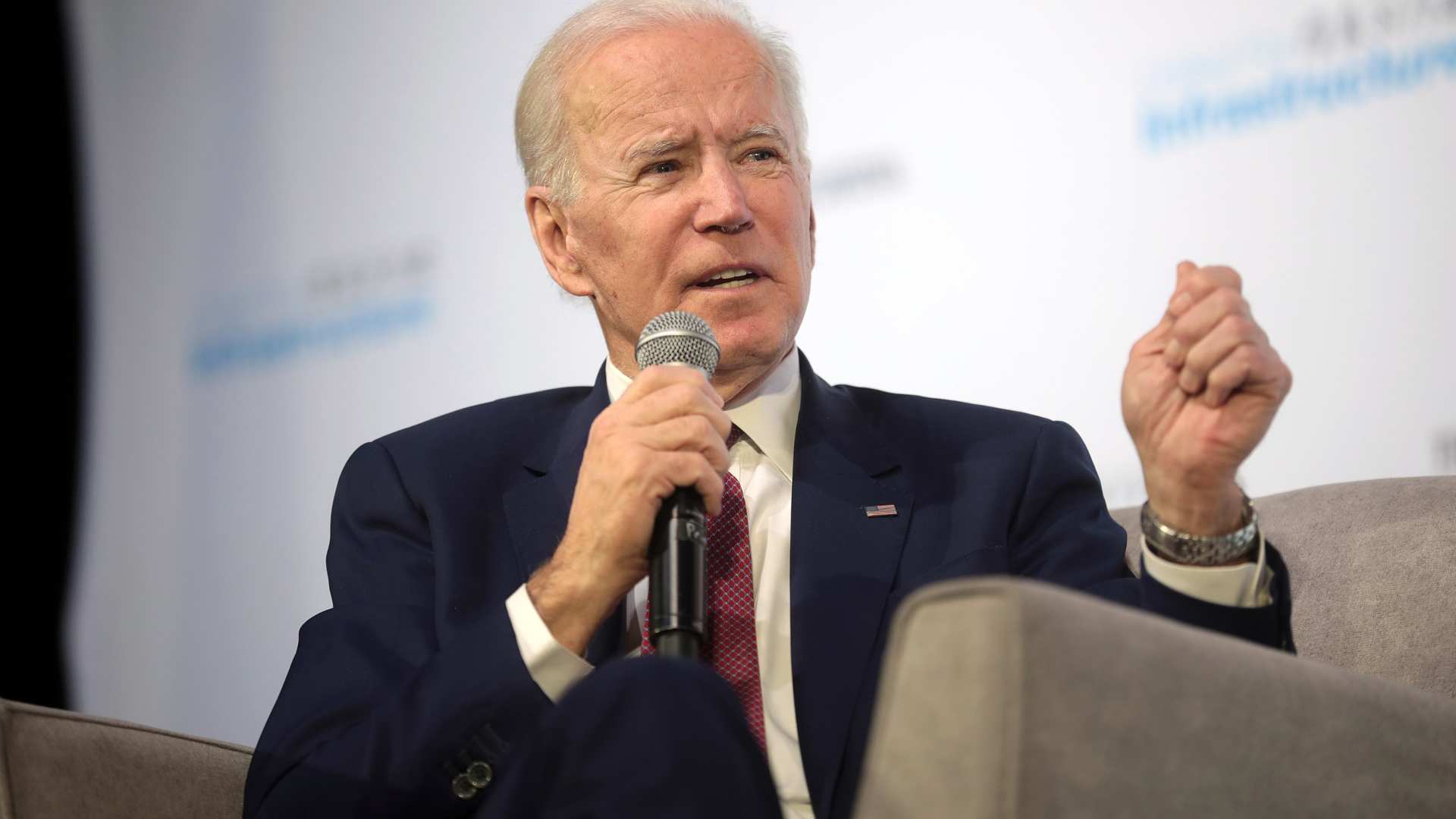
Some are calling the intended OPEC supply increase a saving angel for President Biden, who recently made moves to release gasoline reserves ahead of Memorial Day. Biden is keen to counteract a negative perception people have of his ability to control gas prices at the pump. Analysts speculate that this one move by OPEC could be enough to get gas prices under control at least until the election rolls around at the end of the year.
“The Biden administration has clearly gotten a big dollop of relief here,” said Bob McNally, president of consultant Rapidan Energy Group and a former White House official.
Retail Prices

Tom Kloza, global head of energy analysis at OPIS, told Yahoo Finance that prices on the street will be directly affected.
“Retail gasoline prices, or prices on the street, drop when wholesale costs drop,” said Kloza. “It’s not unusual to see street prices lag badly behind wholesale drops, and that is precisely what is occurring these days,”
Storms Ahead

While the latest OPEC news could lead to smooth sailing on gas prices, Kloza has predicted that it is possible to see another price hike in the month of August, when a storm could threaten supply production.
“We believe that gasoline will be like a Bactrian camel with two humps. We’re on our way down from the first hump but a second hump may come with intense heat, brisk demand, and hurricane worries in late July and August,” Kloza said.
Fuel Price Theme
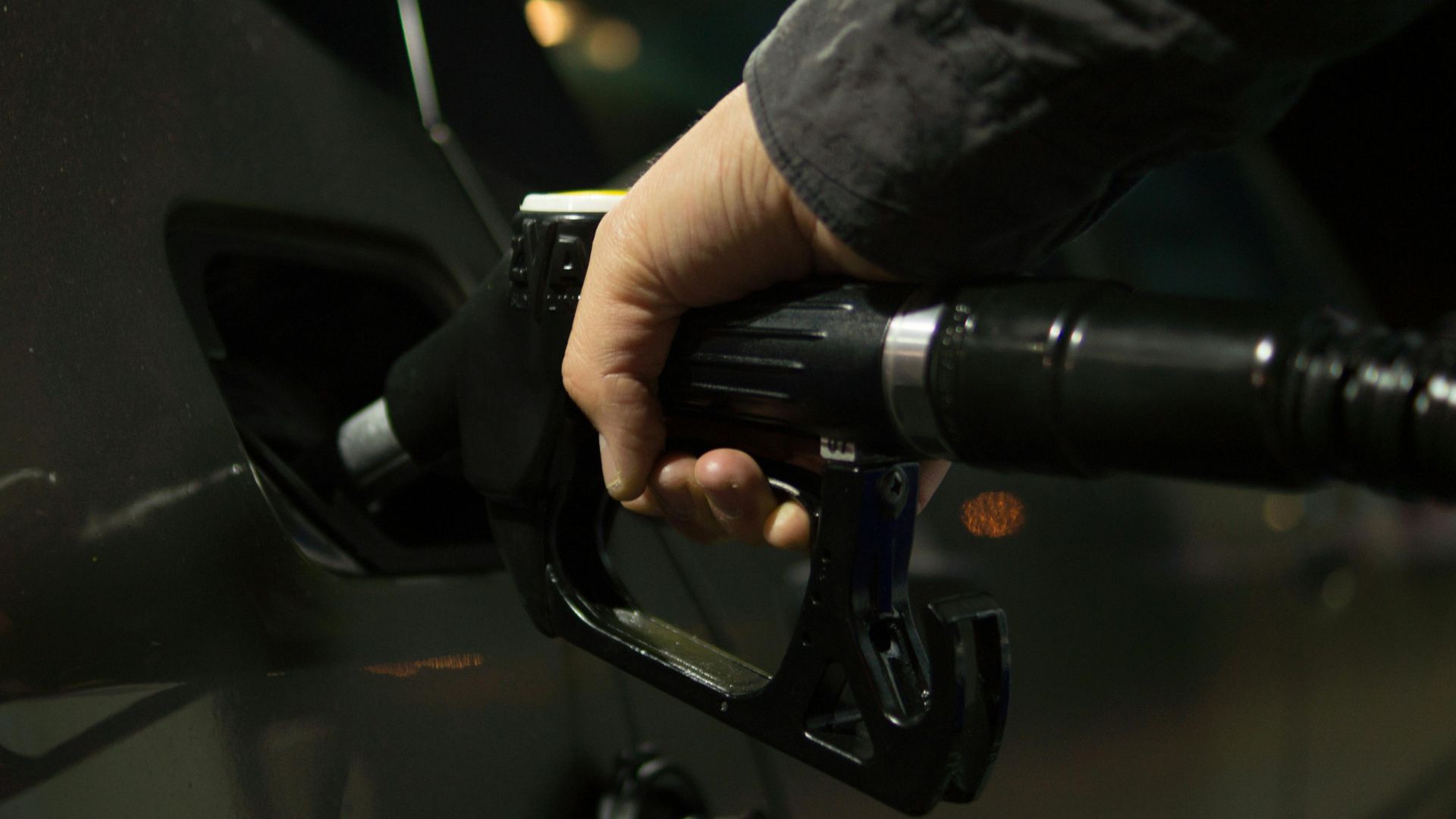
In Kloza’s opinion, the price drop in crude oil may be a bit of an overreaction but still thinks in June there will be a theme of falling prices.
“My view is that we’re overreacting a bit on crude and we’ll find a point where gasoline tightens up once all schools get out. But one can see that fuel price disinflation will be a huge theme in June 2024,” said Kloza.
Biden’s Blame
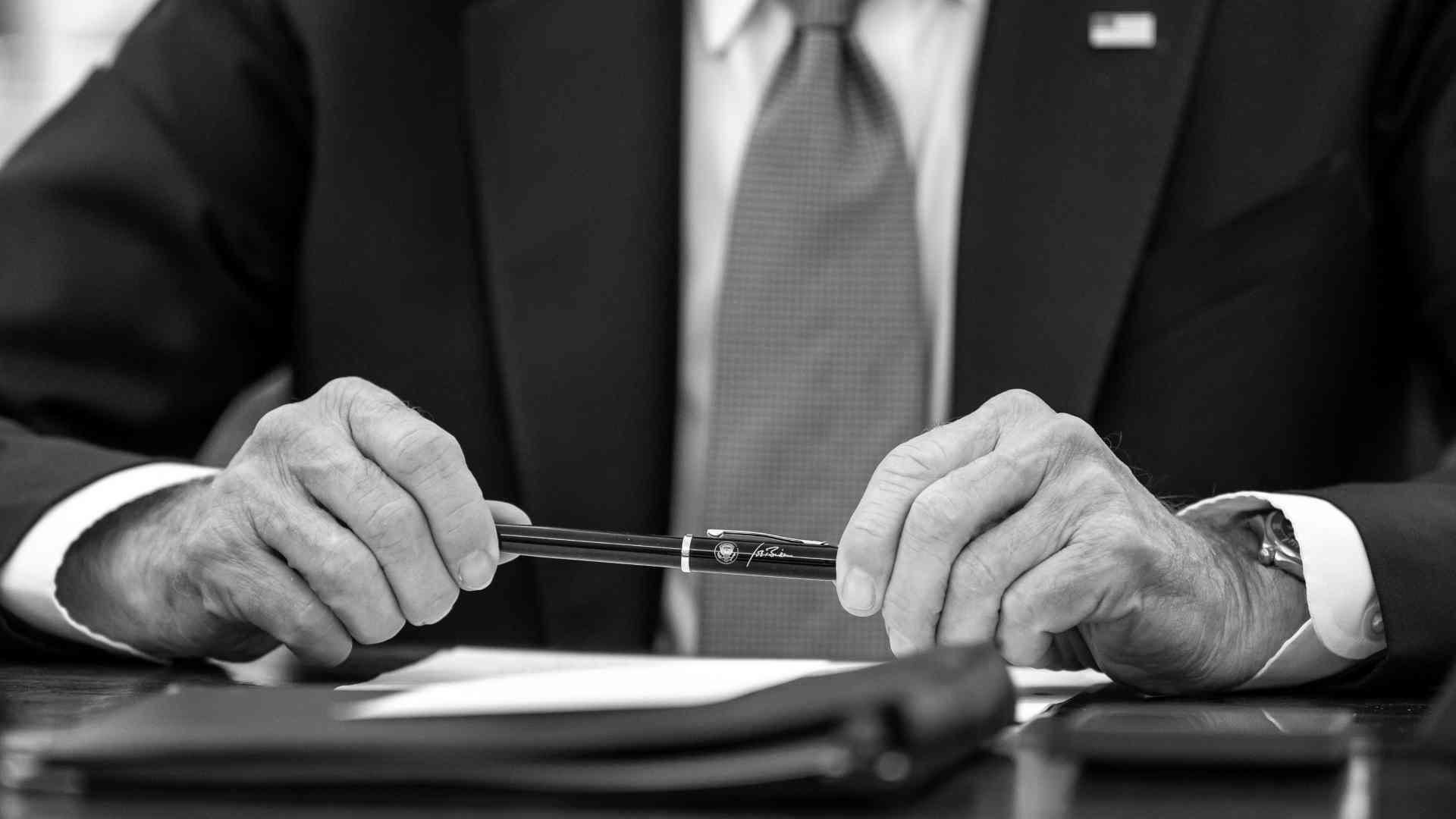
It’s a tradition in American politics for the ones in charge, particularly presidents, to receive the credit for rising or falling gas prices, even if they don’t have as much control as people think.
Biden’s move to contain gas prices follows polling in January that found 55 percent of Americans blamed gas prices on US government dysfunction.
Electoral Consquences
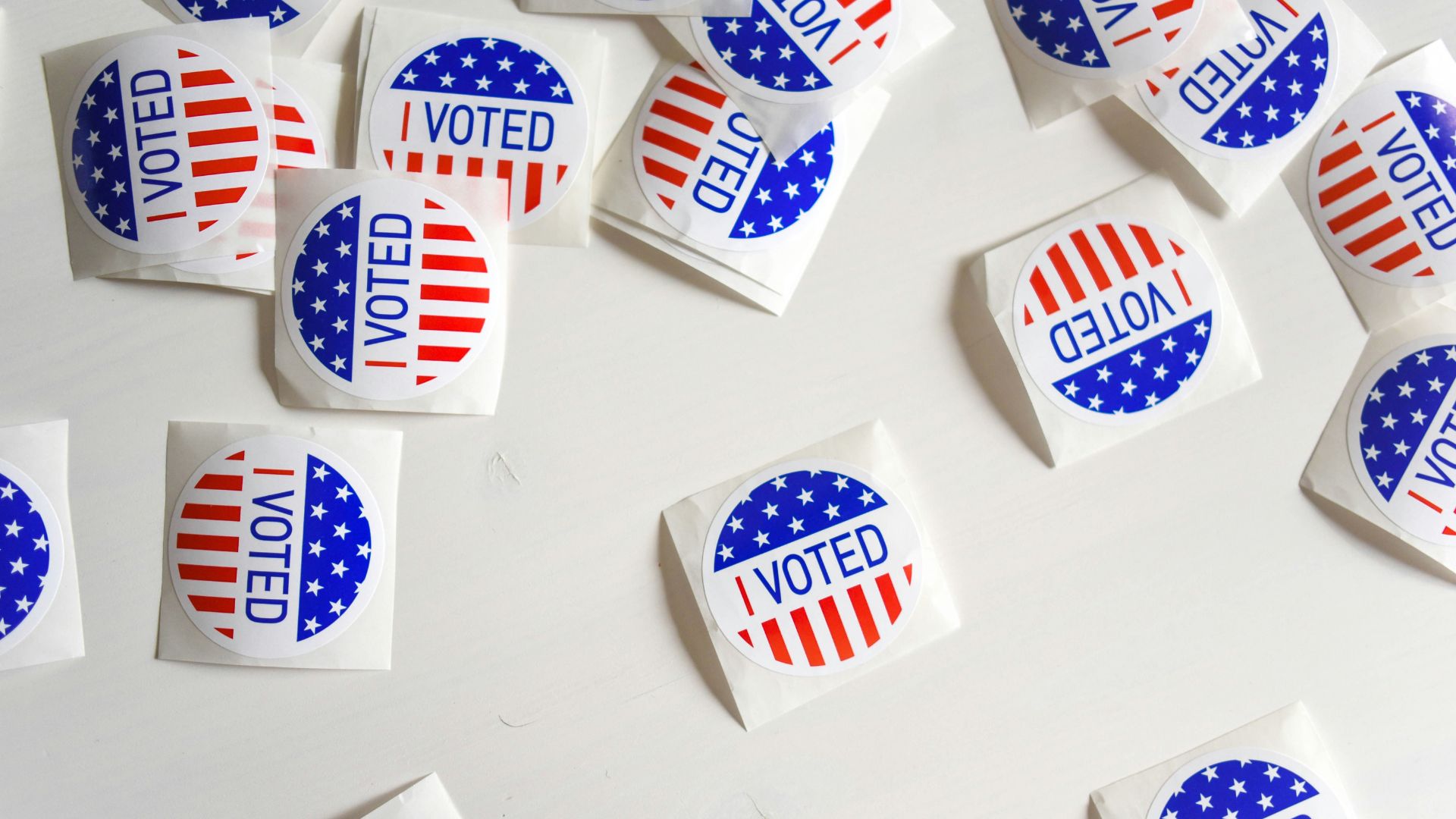
If the price continues to lower, it could give Biden some breathing room ahead of the election, and the ability to wave away some criticisms of his ‘Bidenomics’ policies.
Voters in key battleground states, ones Biden needs to win to secure the White House, recently said that the economy is a top issue ahead of the election in a survey.
Deciding Factor
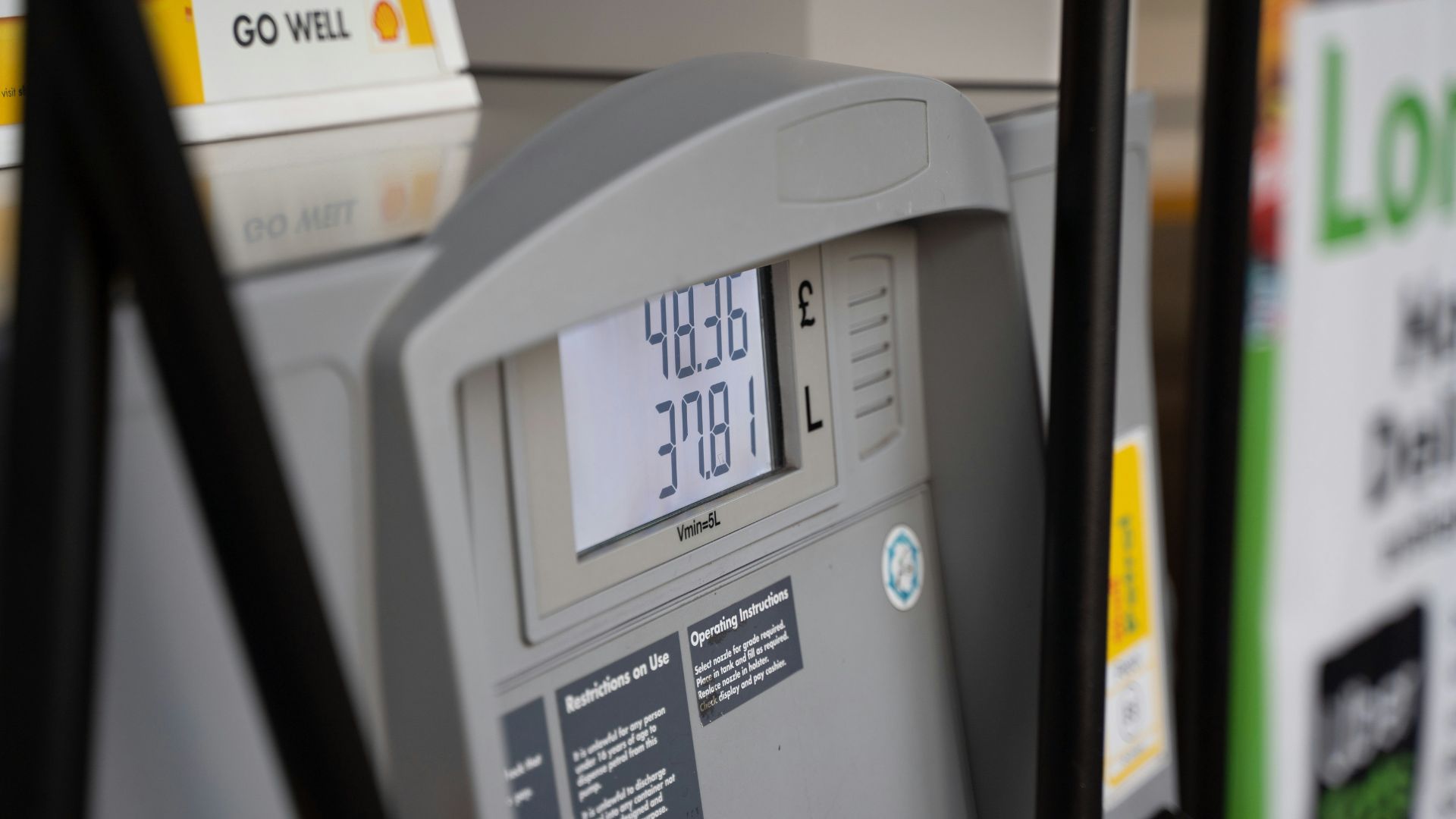
Some take it to the next level, thinking that a singular number, the national average price of gasoline, leading up to election day could decide the fate of the election.
“The outcome of the presidential election isn’t likely to hinge on abortion, immigration or even climate change. It is likely to depend, instead, on the price of gasoline in the leadup to the vote,” wrote Mark Zandi, chief economist at Moody’s Analytics in May.
Interest Rates
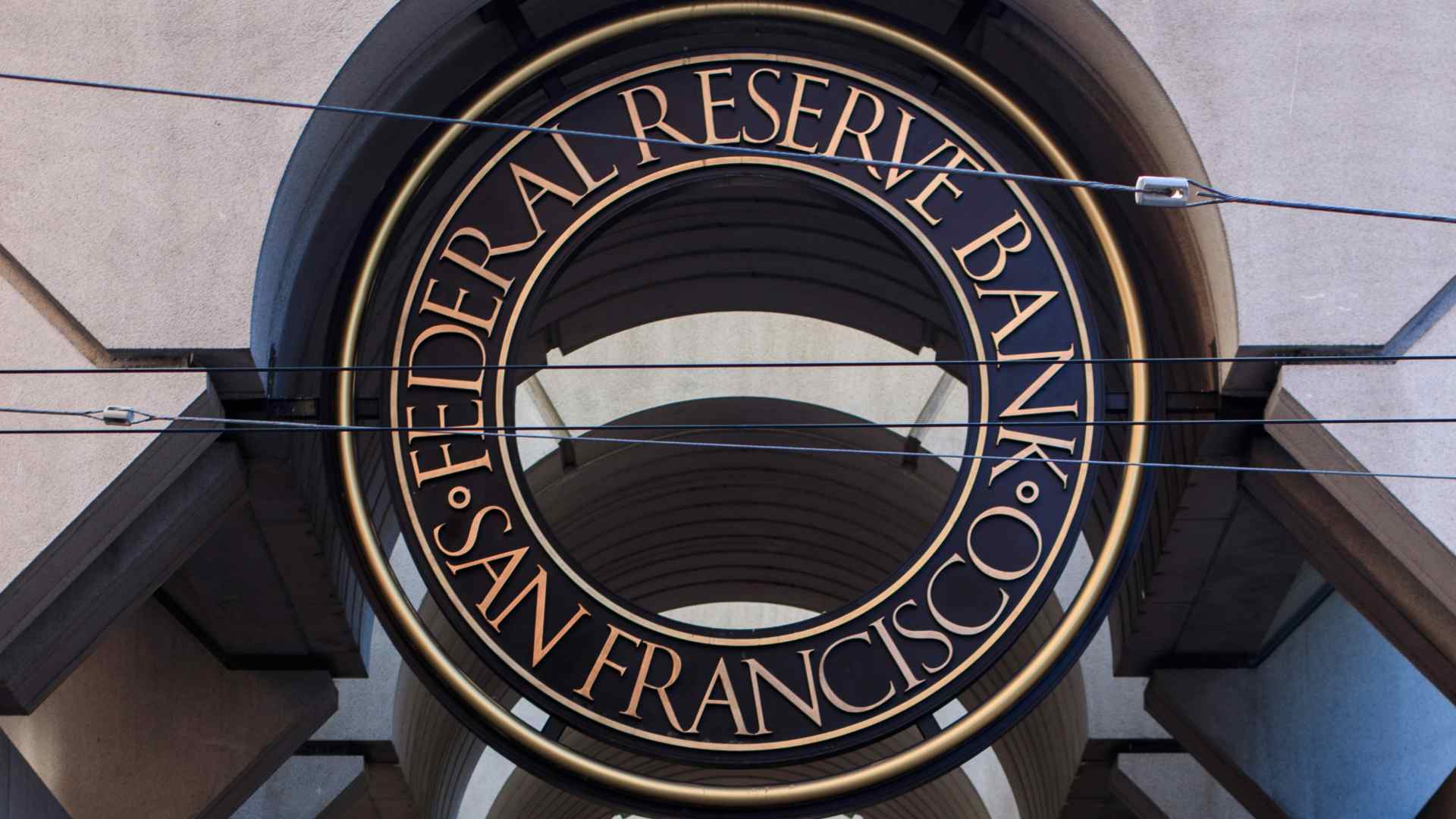
In his CNN piece, Zandi argues that higher gas prices could have a compounding effect, delaying promised interest rate cuts by the Federal Reserve that could help Americans borrow money to pay for their businesses, homes, and vehicles.
“Higher gas prices could also forestall long-anticipated interest rate cuts by the Federal Reserve. When setting rates, the Fed pays close attention to inflation expectations — what households, businesses and investors think inflation will be in the future,” said Zandi.
Watch the Gas Prices
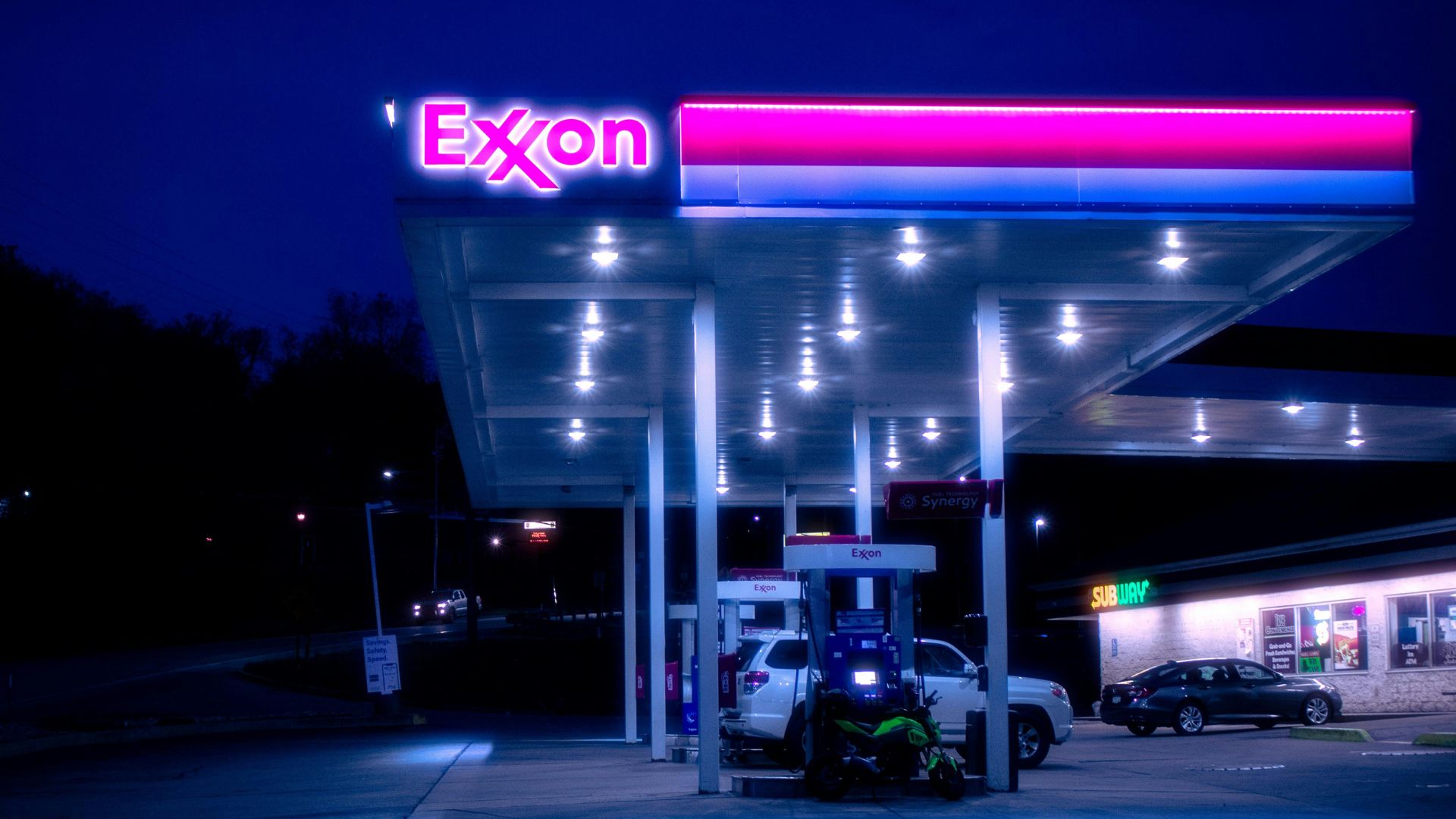
Instead of watching polls or betting market odds to figure out who will be the next US president, Zandi asserts that possibly the best thing someone can do is watch the rise and fall of gasoline prices, which are inextricably tied to voters’ perception of the economy and their lives.
“Handicapping the presidential election is an intrepid affair, and watching the polls or betting markets probably won’t get you very far. The best predictor may well be the price of a gallon of gasoline,” Zandi said.
